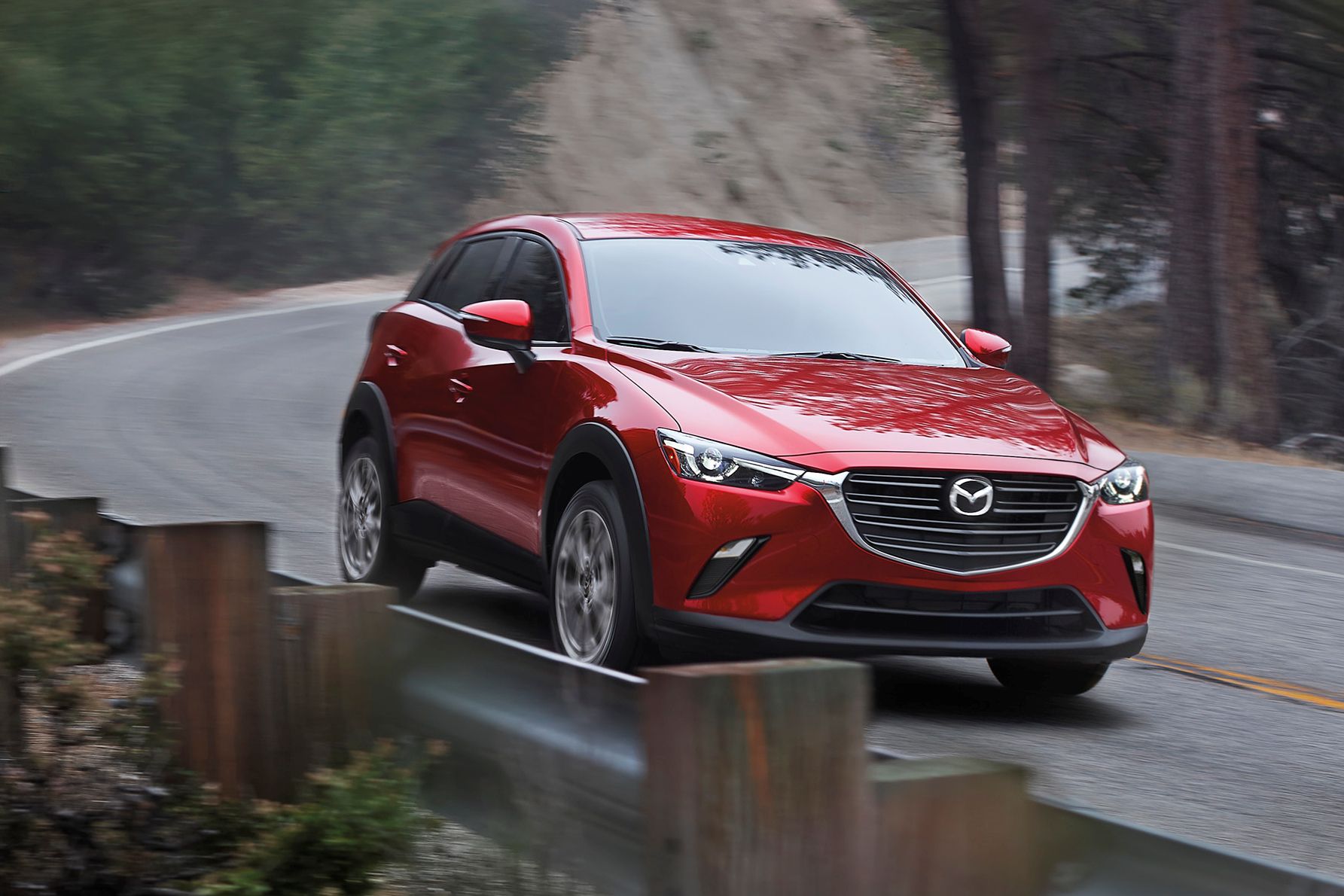
Turning hatchbacks into crossovers is nothing new. In fact, it's how automakers ultimately got Americans to buy hatchbacks, which have always been popular in Europe. Just raise the ride height a few inches and add an SUV-like body design. The sales results speak for themselves. Mazda has also been having huge sales success with its own crossover lineup, consisting of the CX-3, CX-5, CX-9, and now the new CX-30, which fills the slot between the former two models. Apparently, Mazda felt there was a model void.
We were interested why so we asked the CX-30's chief designer, Ryo Yanagisawa, at Geneva. Turns out the reason wasn't so much a specific size issue but rather the CX-30 is something of an alternative to a Mazda3 hatchback for a specific group of buyers.
"We have different customers in different markets for each of the models (the CX-30 and Mazda3 hatch). For example, for the US there are bigger cars available and CX-30 is fairly compact so we mainly targeted young female, single customers." Why? Because the Mazda3 hatch doesn't look SUV-like enough. "The body cladding around the wheels arches contrasts very nicely with the upper body, which we wanted to make as sleek as possible. We designed the cladding intentionally. The cladding makes it look more like an SUV."
The CX-30 and 3 hatchback both ride on the same platform and have very similar overall dimensions inside and out. The pair also share SkyActiv-X engines and transmissions. We don't have a sales breakdown as to who previously bought 3 hatchbacks, but Mazda's data must have indicated that young single women, in particular, prefer crossovers to hatchbacks. The CX-30, therefore, came into existence as a sleeker, sexier, and slightly more SUV-like alternative to a conventional hatchback. It's what women want, at least according to Mazda.
